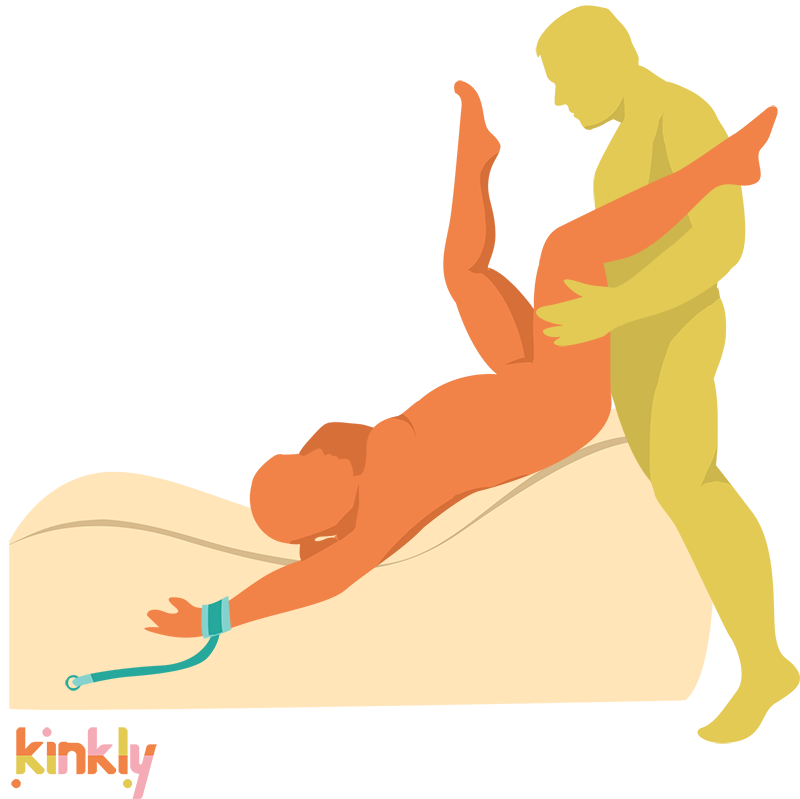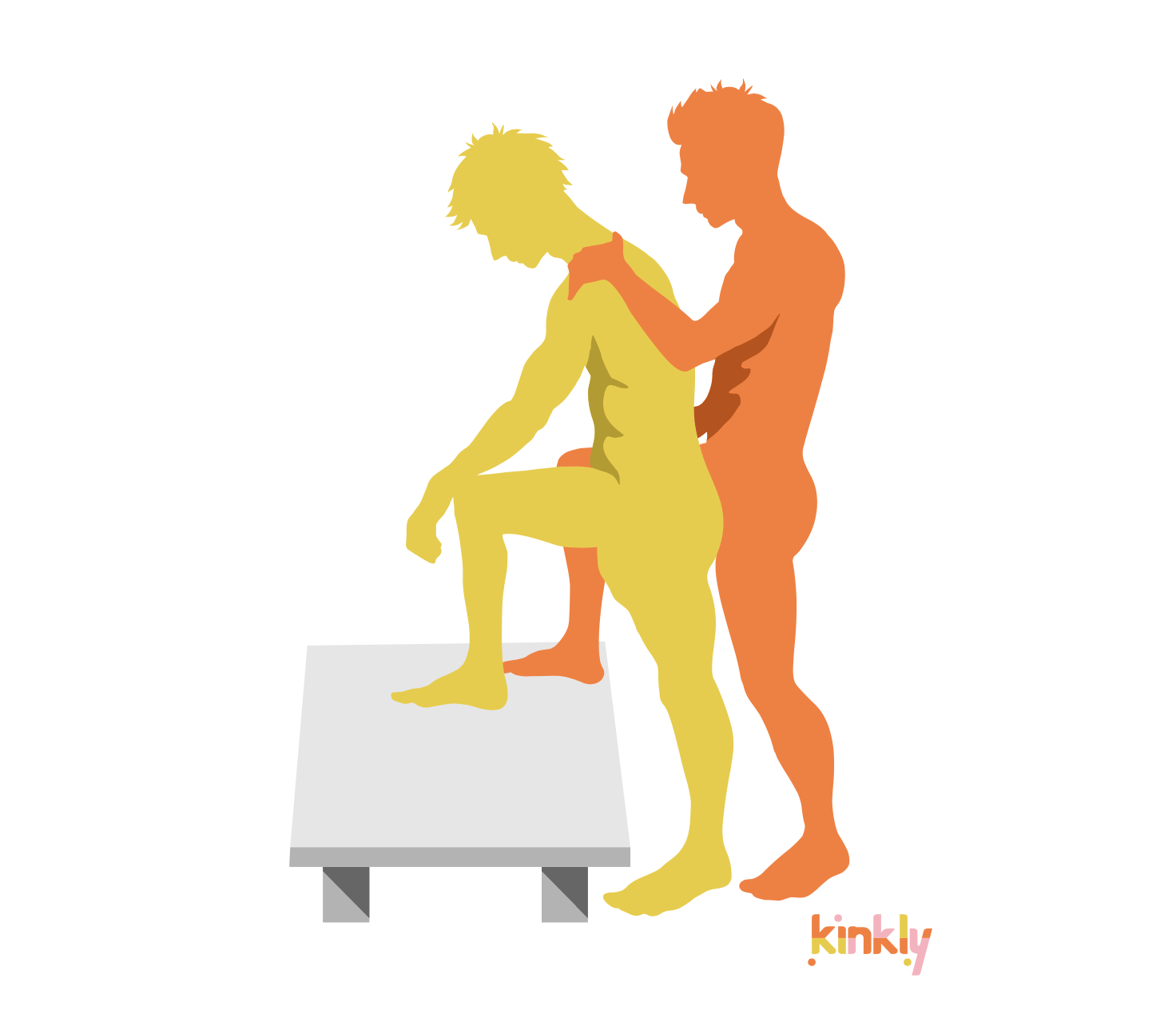Phimosis is the inability to retract the foreskin covering the head of the penis. There are two different types of phimosis: physiologic and pathologic. Physiologic phimosis occurs when children are born with a tighter foreskin. This form of phimosis usually resolves on its own over time between the ages of 5-7 years. However, the age can be a bit older depending on each specific case. Pathologic phimosis occurs when there is trauma from scarring, infection, and inflammation.
More About Phimosis
In cases of pathologic phimosis, do not attempt to force a foreskin retraction. This can often lead to pain, scarring, infection, bleeding, and psychological trauma. If there is difficulty or pain during urination, see a medical professional for treatment. Phimosis is common for uncircumcised penises and is more commonly seen in children. In physiologic phimosis, non-life-threatening conditions may occur such as cysts and ballooning during urination. These conditions can be improved by manually and gently retracting the foreskin daily. Pathologic phimosis that is not resolved can lead to other medical complications that are uncomfortable such as painful penile erections, urinary retention, and painful urination. See a health provider if you feel discomfort.

















